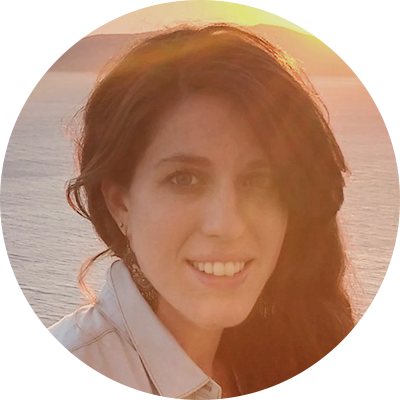New Natural Packaging You Can Eat Rather Than Trash!
You can either compost the wrapping or consume it!
Did you ever think that you would be able to eat your sandwich and the wrapping that protects it too? Amazingly, this is now a reality thanks to edible packaging, a sustainable alternative that now offers a replacement for single-use packaging.
This inspiring innovation, called Traceless, has been developed by Dr. Anne Lamp, a young German engineer passionate about the “cradle to cradle” philosophy — an approach that sees garbage as a resource to be reused again and again.
Although plastic has been essential for food preservation, consumer demand and food market growth have increased its use phenomenally in the last 60-70 years. Today, packaging is the dominant reason for the demand for primary [new] plastics, comprising 42 percent of plastics entering the use phase, research reveals.
Another report from the Ellen MacArthur Foundation, a charity that promotes the circular economy, estimates that more than 62 percent of all items collected in international coastal clean-up operations come from plastic packaging, and that by 2050, there will be more plastics than fish in the ocean.
On #WorldOceansDay we would like to call for more great ideas to stop marine littering - like the bio-based fully compostable materials developed by @Sulapac and traceless materials! pic.twitter.com/l9jR6t0sgK
— Green Alley Award (@GreenAlleyAward) June 8, 2021
And while we enjoy being able to extend the shelf life of our food, we are not always fully aware of the amount of energy and resources needed to produce something with such a short lifespan of a couple of weeks at most, science and industry expert hub, kolabtree.org, points out.
Dr. Lamp has designed a process that transforms agricultural industry residues into materials that offer alternatives to plastic films, hard plastics and coatings, Positive News details. The best part is that it is biodegradable, so it can be composted and turned into organic nutrients ready to safely re-enter the food supply chain.
The fascinating process works as follows: Traceless first collects leftovers from agricultural industries and uses them as raw material, saving energy, money and land. Through their unique technology, they then convert that raw material into a base material, out of which they manufacture alternatives to single-use plastic packaging. But the cycle doesn’t end there, because thanks to their biodegradable properties, their unique products can be composted, and transformed into a resource ready to be reused!
The benefits of such a development are significant. This process can reduce carbon emissions by 87 percent compared to traditional plastics production. As the company explains on its website, the product itself is not only based on natural polymers, but it is also 100 percent compostable, safe for humans and nature, and drawing on residues, it prevents the extraction of new raw material. In addition, it promises to be competitive both in quality and price.
So is edible packaging the replacement to single-use plastics we’ve been waiting for? Some challenges remain. These include the fact that edible packaging can be sensitive to different environments and should be treated carefully during storage and shipping. Besides, at least for now, the use of plastic is essential in some industries, such as in the field of medicine.
However, developments like Traceless have a remarkable impact on people's lives and on the future of the planet, and so they truly deserve to be enthusiastically celebrated. It is no surprise that Lamp’s innovation won this year’s Green Alley Award, which rewards startups developing solutions based on the circular economy.
Happy faces all over the screen! Congratulations to Anne Lamp from traceless materials for winning the 7th Green Alley Award! A big thank you and best wishes to our finalists ReSync Start-Up, @kleiderlyberlin, carbonauten GmbH, @TrusTrace and @dimpora, you've done a great job! pic.twitter.com/yGTBEEEfgk
— Green Alley Award (@GreenAlleyAward) April 23, 2021
“We want to foster business models that combine resource conservation with economic success [in a]holistic, bio-circular approach.” Jan Patrick Schulz, founder of the Green Alley Award said to positive.news. From his perspective, Traceless embodies this goal.
Lloyd Stouffer, a packaging magazine editor, knew in the 1950s that if the plastics industry wanted to drive sales, it had to teach customers how to waste, plastic historian Rebecca Altman, Ph.D. reveals in a piece she wrote on the history of the plastic bag.
What he did not know was that years later, the “reuse” philosophy would make a comeback, determined to tackle the “single use” philosophy with the help of breakthrough innovations.
So is the future of plastic in the trash can, like Stouffer told a group of industry representatives? We can’t be sure. What we can say without a doubt, is that thanks to edible packaging, now you can have your cake and eat it, together with its wrapping!
YOU MIGHT ALSO LIKE:
Passenger Airships May be the Next Mode of Transportation
Alternative Sunscreen Could Help Corals And Skin Health at the Beach







